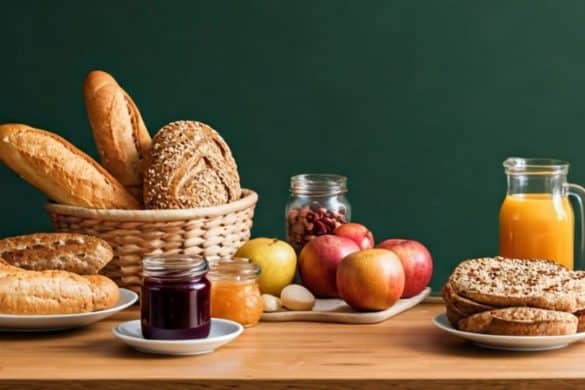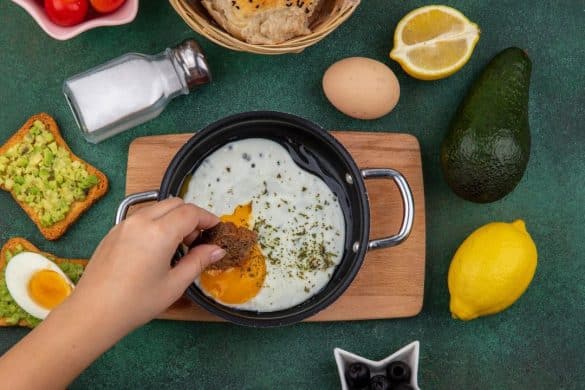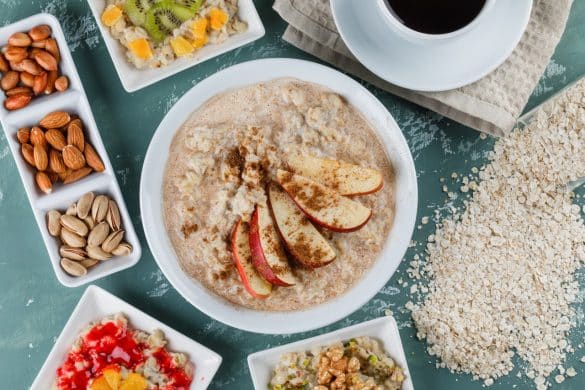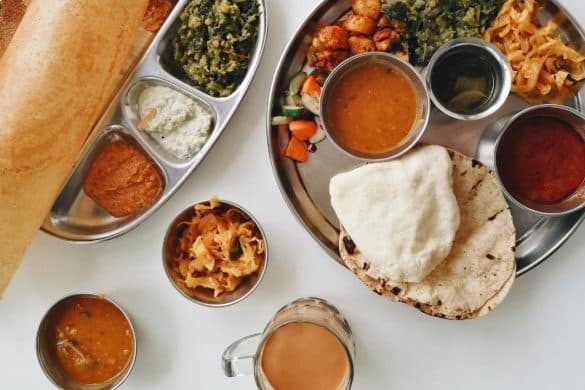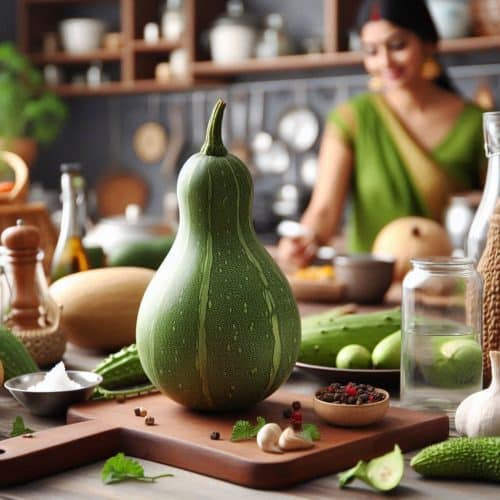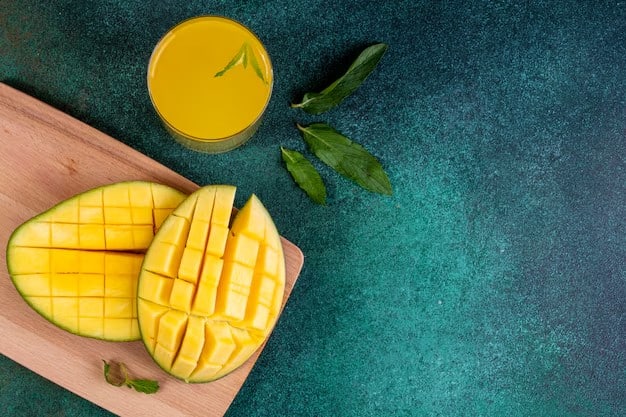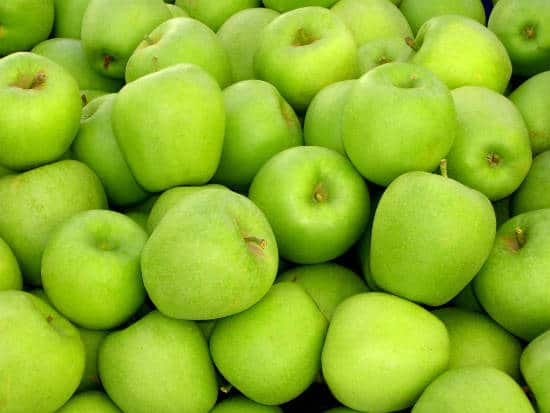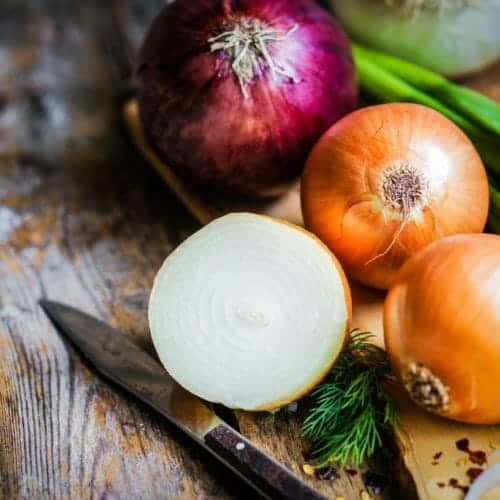Beyond the fragrant aroma and aromatic flavour, what else do curry leaves bring to your meals?— There are numerous benefits and hidden nutritional value of curry leaves. Known as Kadi Patta or sweet neem leaves in India, they are prized for their unique taste, delightful aroma, and taste, including acidic undertones, and are widely used in Indian cooking.
These leaves have a citrusy, slightly bitter flavour and are primarily used in curries, rice dishes, chutneys, and soups. They are typically fried in hot oil at the start of cooking to infuse their essence, and they have been used in traditional medicine for their various health benefits.
Curry leaves or curry powder are rich in antioxidants, vitamins A, B, and C, and essential minerals like calcium, phosphorus, and iron, including glutathione peroxidase and glutathione reductase. Moreover, they aid digestion, improve hair health, improve eyesight and help prevent cloud formation in front of the eyes, offering anti-inflammatory benefits. So, let’s learn more about the powerhouse of antioxidants and nutrients.
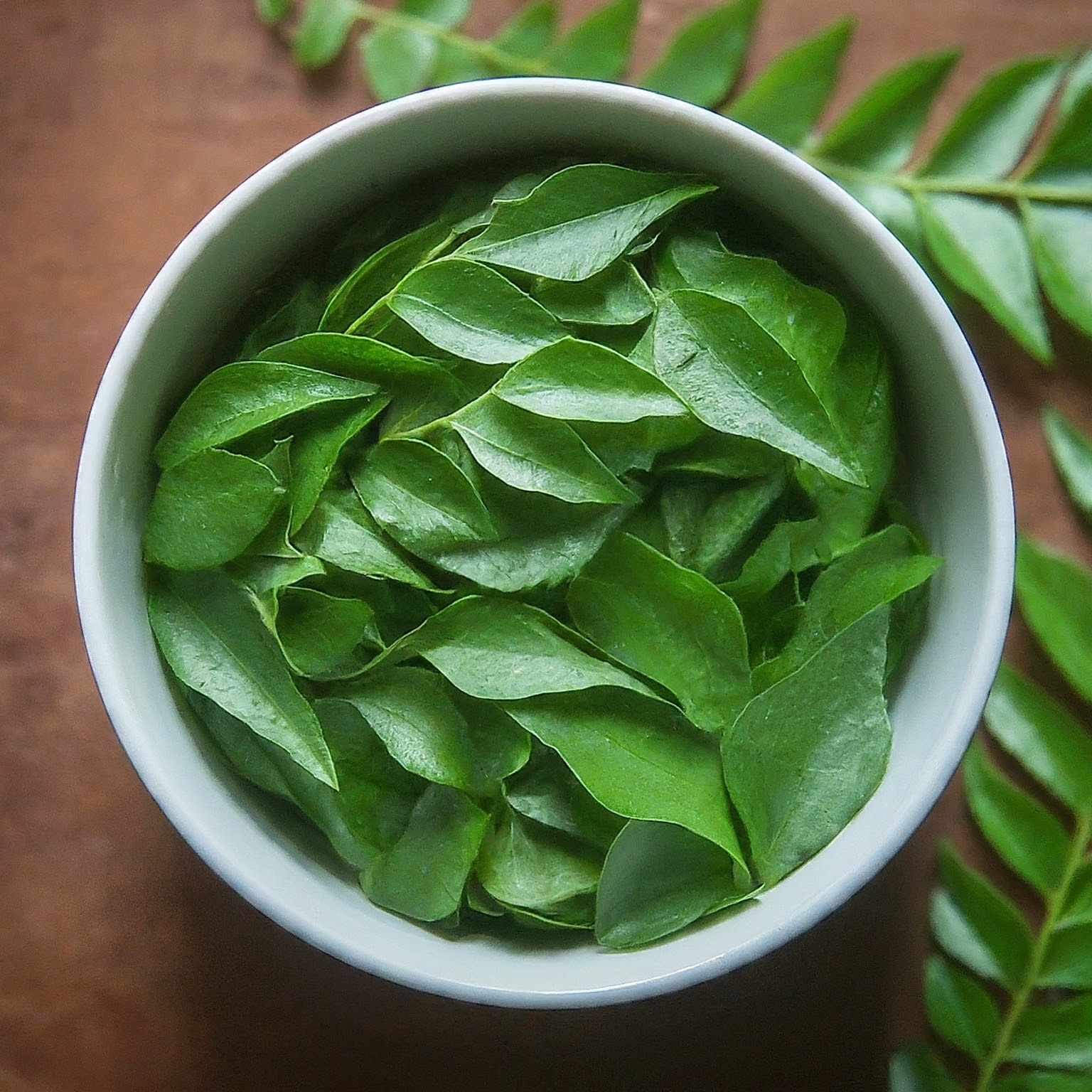
A bowl filled with fresh curry patta leaves, ready to be used in cooking
What Are the Nutritional Components of Curry Leaves?
This leaf is low in calories yet high in numerous essential nutrients. A detailed outline of their nutritional value per 100 grams:
| Nutrient | Amount |
| Calories | 66 kcal |
| Carbohydrates | 14.1 grams |
| Protein | 6.1 grams |
| Fat | 1.0 gram |
| Phosphorus | 57 mg |
| Dietary Fiber | 6.4 grams |
| Calcium | 830 mg |
| Iron | 15 mg |
| Magnesium | 105 mg |
| Vitamin C | 240 mg |
| Vitamin A | 6186 IU |
| Vitamin B6 | 0.1 mg |
| Vitamin E | 0.8 mg |
| Vitamin K | 300 µg |
There are numerous curry leaves benefits, including supporting digestion, improving hair and skin health, reducing inflammation, and more.
What are Curry Leaves’ benefits for overall health?
Kids or adults overlook or discard kadi patta from the plate for obvious reasons, such as their bitter taste. Kids might not develop like it due to their sensitive taste buds, and some adults may not have developed a distinct flavour, or maybe they have grown up without any familiarity with curry leaves benefits. But kadi patta has long been famed for its multidimensional health advantages. Let’s read the 13 lesser-known health benefits of curry patta.
1. Supporting Heart Health

A smiling and healthy heart surrounded by curry leaves.
Cardiovascular health is a growing concern, and managing heart disease risks without medication has become a challenging task. One simple yet powerful addition to your diet could be kari patta, especially for those dealing with high cholesterol or recovering from cardiac issues.
Curry leaves are packed with heart-protective compounds like rutin and tannins, which can help lower cholesterol levels and reduce the risk of heart disease.
However, kadi patta alone cannot counteract the effects of an unhealthy lifestyle. Regular exercise and a balanced diet are equally important for maintaining heart health.
Also read: The Secret Ingredient: Unlocking the flavours of Curry Leaves in Your Cooking
2. Promoting Weight Loss

A modern, digital weighing scale with a sleek design.
Obesity and overweight have become increasingly common concerns. A 2022 study by The Lancet revealed that the number of obese children in India, aged 5 to 19, has skyrocketed to 12.5 million, up from just 0.4 million in 1990. And it’s not just kids—adults face this challenge too, which often leads to serious health complications down the road.
But here’s the good news: adding kari leaves to your routine might help you manage weight and significantly reduce belly fat. The alkaloids in curry leaves even have anti-obesity properties, helping to reduce body fat.
Ancient practices suggest eating these leaves on an empty stomach can stimulate your digestive enzymes, breaking down food more effectively, which can help provide a fresh breath. You can massage a few drops of olive oil along with curry leaves to reduce swelling. It allows your body to absorb nutrients better while eliminating excess fat accumulation and toxins. Isn’t it one of the best curry leaves benefits? You can lose weight with just a few leaves.
3. Improving Your Digestion
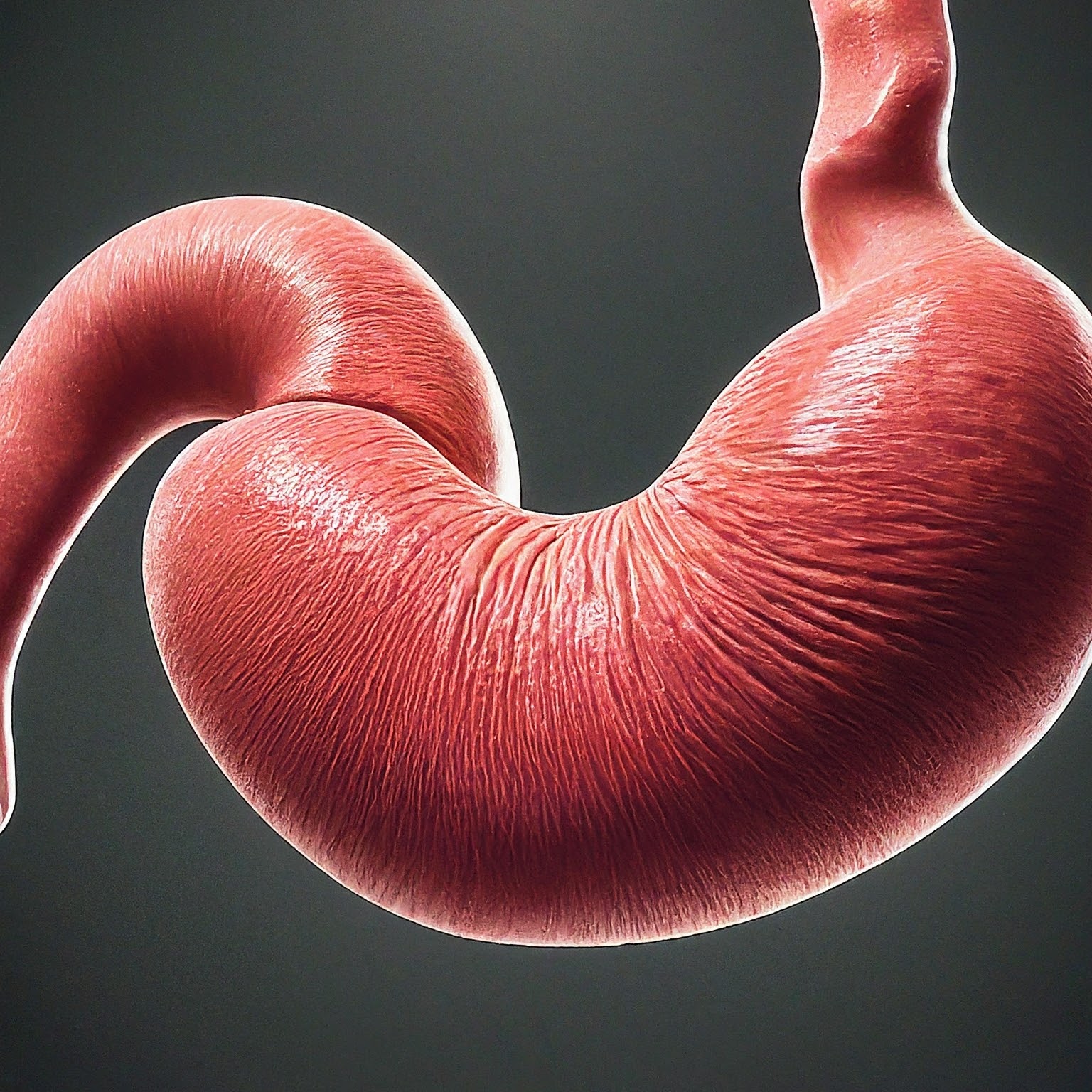
A photorealistic image of a human stomach, its intricate folds and textures.
Digestive health is the cornerstone of our overall well-being. You’ve probably heard the saying, “Your gut is your second brain,” and it’s more accurate than you might think.
When your gut isn’t functioning well, it can affect everything from your performance in sports and work to how kids fare in school. Frequent junk food consumption – a common habit for many can lead to a leaky gut and a drop in beneficial gut bacteria. But there’s good news: adding curry leaves, or kadi patta, to your diet could help turn things around.
Curry leaves are like a secret weapon for your digestive system. They boost digestive enzymes so your body can break down food more efficiently and support smoother bowel movement.
4. Helping Manage Diabetes

A blood glucose meter with a carrying case and test strips, ready for use.
Managing diabetes is a pressing global health issue that requires monitoring. Even kids are getting diagnosed with type 2 diabetes. Fortunately, curry leaves might offer some natural support in this ongoing challenge.
These leaves have anti-hyperglycemic properties that can positively impact insulin activity. By reducing oxidative stress on the pancreatic cells that produce insulin, curry leaves help regulate blood glucose levels effectively. This makes them a natural medicine for managing diabetes symptoms.
Incorporating curry leaves into your daily diet can also help prevent those dangerous sugar level spikes and drops that often lead to other health complications.
Also Read: Indian Diabetic Recipes
5. Detoxifying the Liver

A healthy liver, solid and resilient, held in a protective hand.
The liver is vital to maintaining our bodies’ health. It helps with detoxification, stores vitamins, and manages metabolism. Curry leaves can provide a fantastic boost to liver health.
They’re rich in antioxidants, which support the liver by flushing out toxins and promoting overall well-being.
Animal research has shown that curry leaves can help reduce liver damage and treat liver diseases. So, adding curry leaves to your diet could be a simple yet effective way to support your liver and keep it functioning at its best.
6. Nurturing Hair Growth

Long, straight hair with a single bottle of curry leaf oil placed gently beside it.
Curry leaves are well-known for their benefits to hair health. They are packed with nutrients that strengthen hair follicles, reduce hair fall, prevent greying, and boost growth. Mixing a few drops of curry leaf oil can make your hair lustrous.
Traditional Indian practices often recommend using curry leaves oil directly on the scalp. This application is believed to make hair look rich, radiant, and healthy.
Regularly massaging your scalp with curry leaf oil can also condition your hair, reduce scalp itchiness, and prevent dandruff. With all these benefits, curry leaves are a natural and effective solution for many common hair concerns.
7. Revitalising Skin Health

A hand is gently touching smooth skin
Curry leaves also contain antioxidants and essential nutrients for skin health. The vitamin E in curry leaves helps nourish your skin, giving it a radiant glow and protecting it from joint issues.
Eating kadi patta can help with acne and dryness and even prevent premature ageing.
For a natural remedy, you can apply a paste made from ground kadi patta to treat sunburn, rashes, and insect bites. This simple home treatment can provide soothing relief and support healthy skin.
8. Strengthening Bone Health
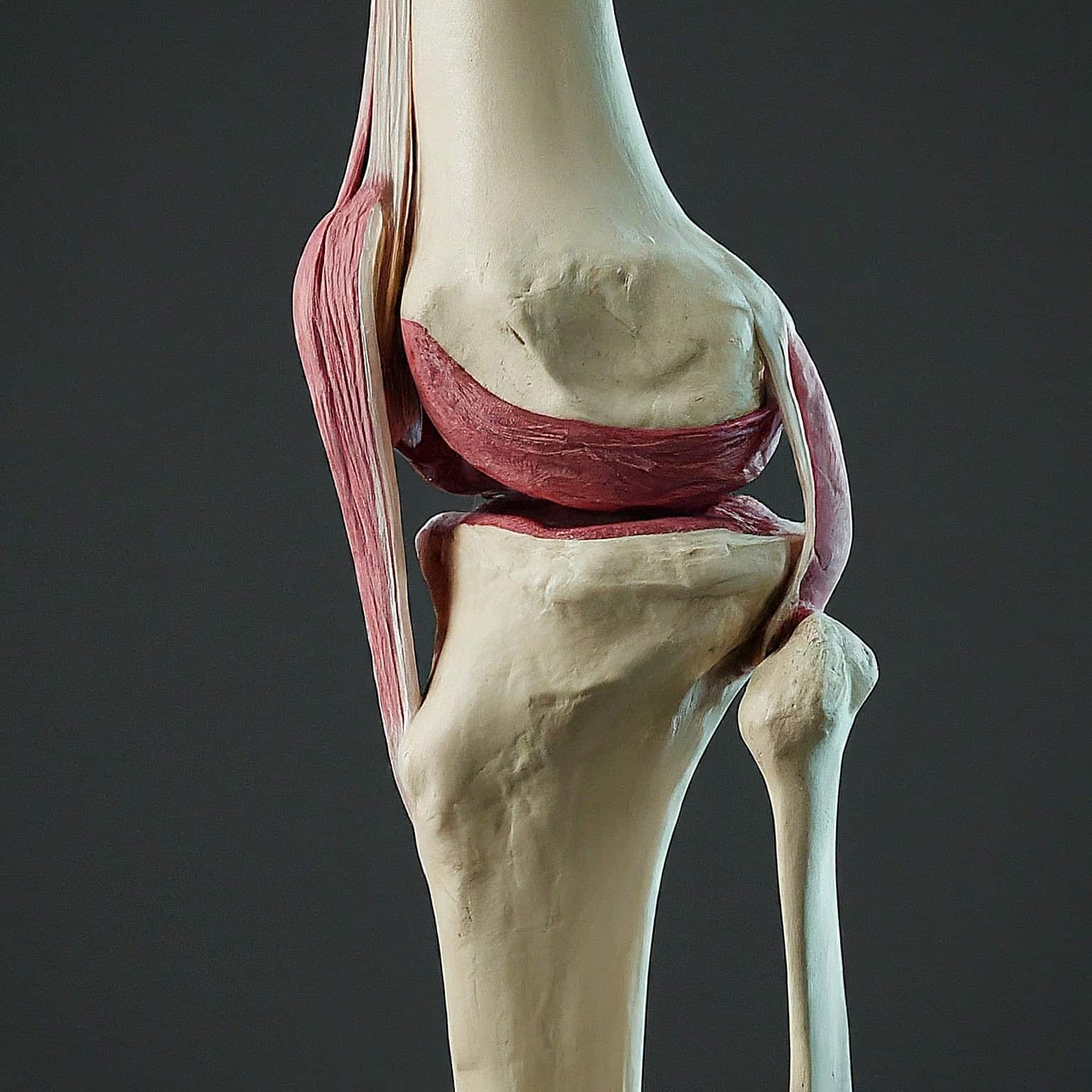
A 3D model of strong knee bones
It also helps keep our bones healthy, which is crucial at every stage of life, whether in old age when the bones are brittle or during childhood when our bones are still developing.
Kadi patta is packed with calcium, which plays a significant role in maintaining bone density. It can also help fight osteoporosis and strengthen bones, making it a valuable addition to your diet.
In Ayurveda, curry leaf juice is often used to address issues like calcium deficiency and rickets. Incorporating kadi patta into your routine can support your bone health and tackle more common bone-related concerns.
9. Improving Eye Health

A vibrant eye
Good vision and eye health are crucial for a high quality of life, and eye problems aren’t just for older people—adults and kids face them, too. If your child is struggling to see the blackboard at school and it’s affecting their grades, consider adding curry patta to their meals daily.
Kadi patta is packed with Vitamin A, essential for eye health. Regularly including these leaves in your child’s diet can help prevent early eye issues like dark circles, night blindness, and cataracts and promote clearer vision.
It’s a simple way to support your child’s eye health and improve overall well-being.
10. Reducing Stress and Anxiety

A balloon with the words “stress and anxiety” written on it, with a pin hovering above it, ready to burst.
In our fast-paced world, stress and anxiety are becoming all too common. Studies even show that after the pandemic, about 20% of people are affected by anxiety.
If you’re looking for a natural way to manage these feelings, kadi patta might be a helpful option, along with home remedies and medications. Kadi patta contains compounds that have calming properties and help lower cortisol levels in the body. Starting your day with a kadi patta could be a simple way to maintain a calm and clear mind.
So, adding them to your routine might make a big difference in managing stress and anxiety.
11. Increasing Cognitive Abilities

A detailed 3D render of a healthy brain, presented as a medical illustration
Brain health and cognitive functions are crucial for overall well-being. Kari Patta can significantly support these aspects. They contain compounds that help protect the brain’s neurons, which can enhance memory in kids and offer protection against age-related conditions like Alzheimer’s disease, which is common nowadays.
The powerful antioxidants in kadi patta shield neurons from oxidative damage that can lead to neurodegenerative disorders.
Including curry leaves in your diet could be a simple yet effective way to support brain health and cognitive function throughout life.
12. Managing Respiratory Issues

A 3d representation of healthy and pink lungs.
This is one of the most essential curry leaves benefits. With rising pollution and more people spending time indoors without fresh air, respiratory issues have become increasingly common and can lead to serious health problems. Kari patta is packed with beneficial nutrients and can help with many of these common respiratory concerns.
Their anti-inflammatory and anti-microbial properties relieve congestion and other symptoms associated with respiratory illnesses.
They can also help with asthma, colds, and sinusitis. Combining kari patta with practising pranayama (breathing exercises) and following a healthy diet can further support your respiratory health and help prevent these issues from arising.
13. Fighting Infections

A representation of leg kicking off bacteria
These leaves are not just great for flavour—they’re also powerful in fighting infections. The anti-bacterial properties in kadi patta contain compounds that can effectively combat pathogens like bacteria and fungi.
This helps protect your body from various infections and supports a strong immune response.
By incorporating kadi patta into your diet, you can boost your immune system and enhance your body’s ability to fight off harmful invaders. Their natural anti-microbial action helps keep your system strong and resilient, making them a simple yet practical addition to your wellness routine.
4 Meal Ideas Incorporating Curry Leaves for Their Health Benefits
If you want to add curry leaves to your diet but don’t know how to, we’re here to help you. There are different uses of curry leaves in your diet plan. Check out our 4 special curry leaves Indian cuisine ideas to get you started.
1. Kari Patta Rice
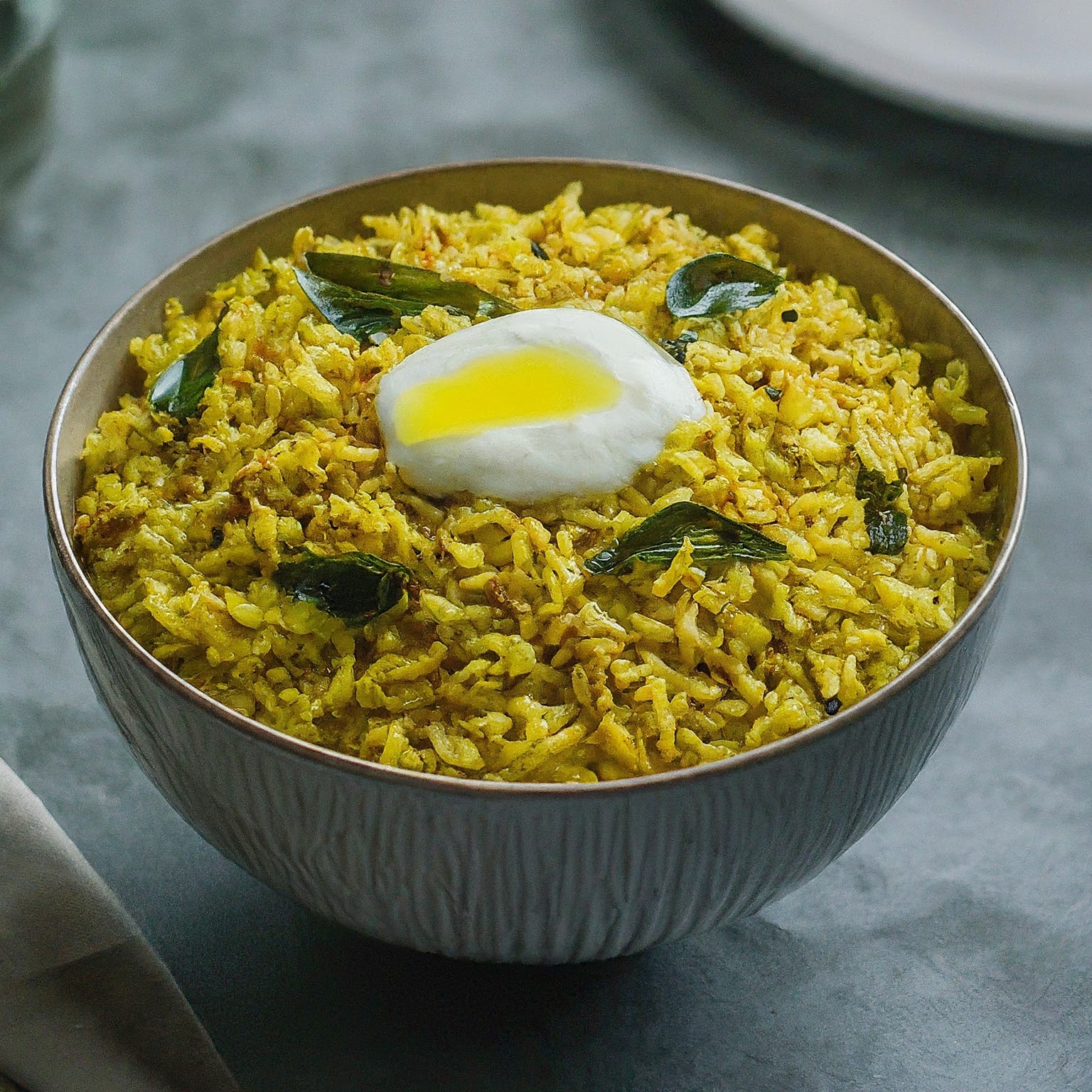
A steaming bowl of curry leaf rice, topped with a tangy yoghurt and a ghee drizzle.
Cook fragrant rice with kadi patta, mustard seeds, and a hint of turmeric. You can also add vegetables for extra flavour. This simple yet aromatic curry leaves rice makes a great side dish or main course.
Also Read: Basmati Rice and Peas with Curry Leaves
2. Poha
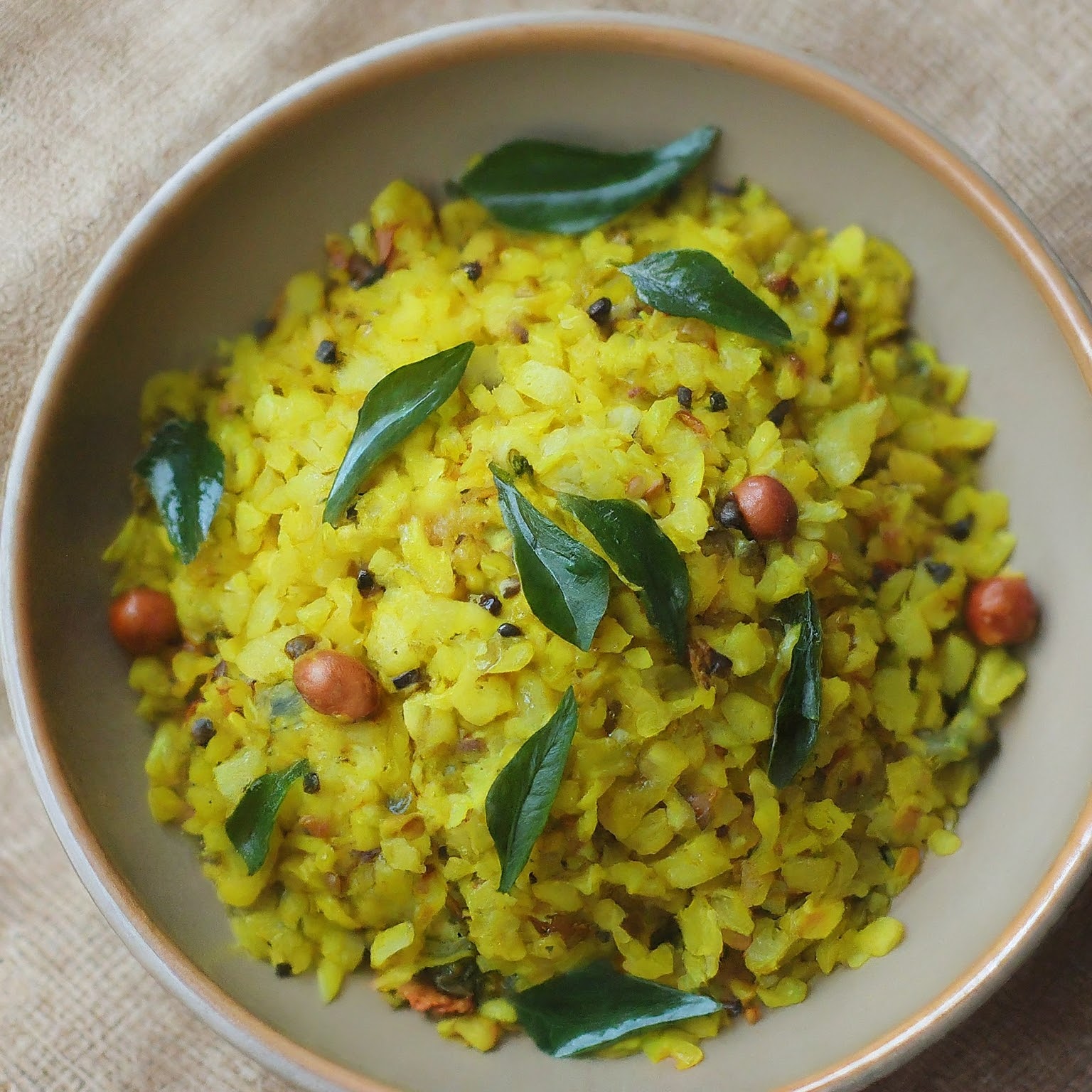
A close-up of a steaming bowl of curry leaf poha
Try Indori poha with a punch of kadi patta. Adding kari leaves enhances the taste and increases the dish’s nutritional content.
3. Kadi Patta Chickpea Salad
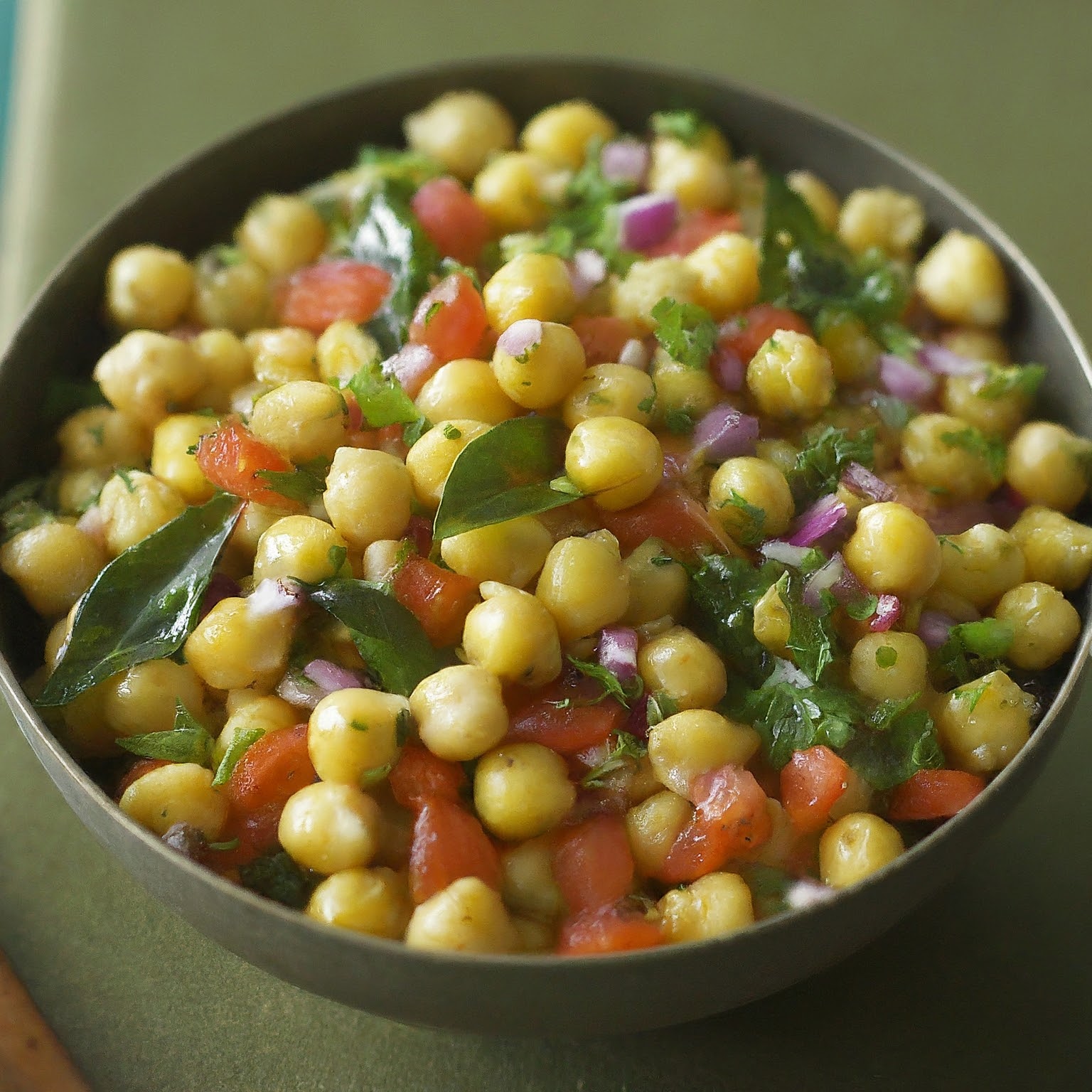
A bowl of chickpea salad with curry leaves.
This refreshing salad features chickpeas, chopped cucumbers, tomatoes, and onions tossed with fresh kadi patta and a zesty lemon dressing. It’s a protein-packed, nutritious meal.
4. Karuveppilai Adai
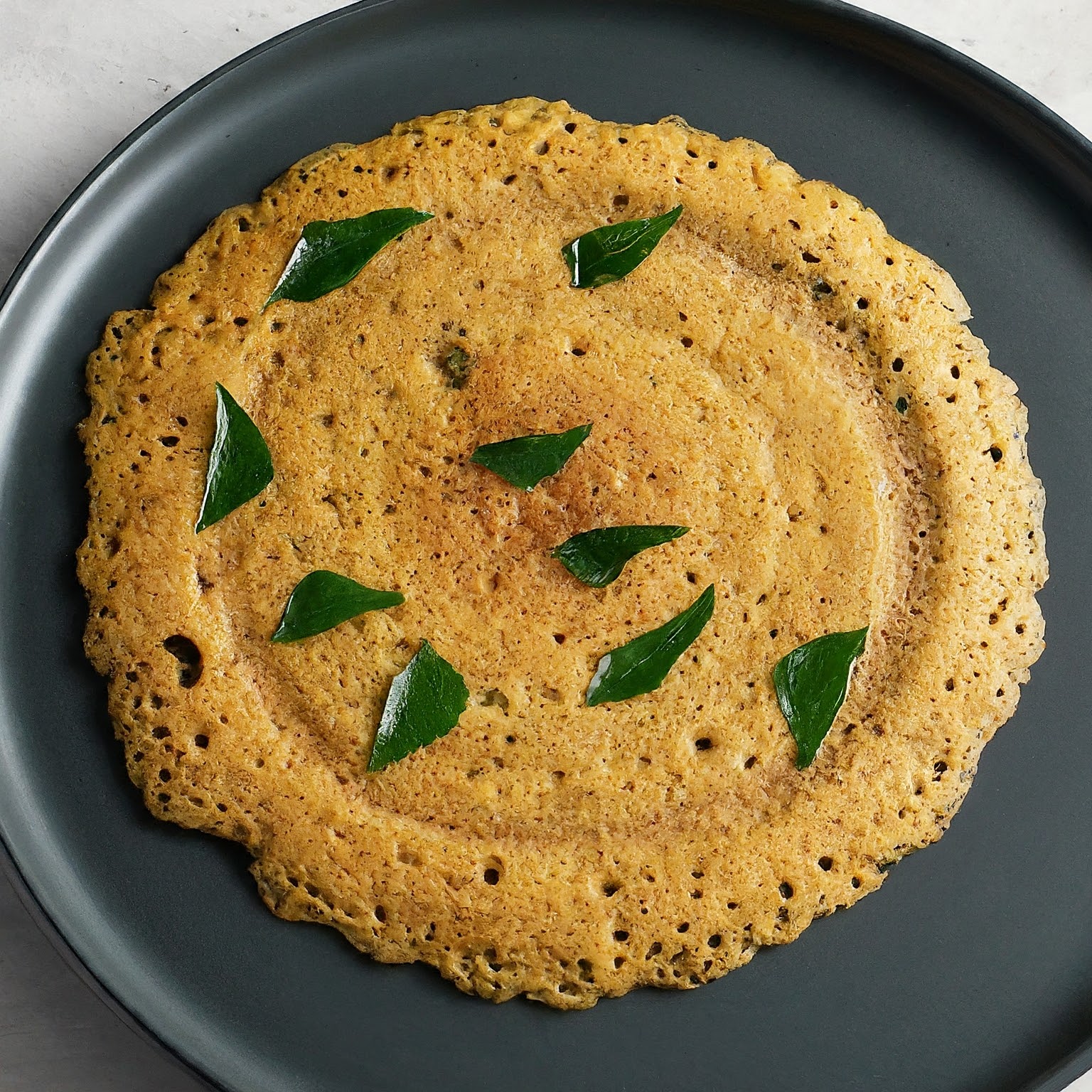
Karuveppilai Adai
This traditional South Indian dish is a flavourful and nutritious way to enjoy the benefits of curry leaves. The Karuveppilai Adai recipe is a type of savoury pancake made with a blend of rice, lentils, and fresh kadi patta. These ingredients add a unique aromatic flavour while enhancing the dish’s nutritional profile.
Also Read: Kari Patta Gosht Recipe
Take Away
There are numerous benefits to curry leaves, and they aren’t just an aromatic addition to our meals. So, planting a curry tree means you’re doing your health a great favour. They help with digestion, weight loss and weight management, support hair health, lower heart disease risks, and provide antioxidant protection. Additionally, curry leaves can serve as a detox drink, enhancing the diverse and significant benefits they provide. Moreover, they’re affordable and easy to find, making them an excellent choice for our daily diets and neutralising free radicals.
Whether you add them to curries and soups, brew them into tea, or eat them raw, these leaves can make a big difference to your overall health. Remember, while beneficial, they shouldn’t replace professional medical advice or treatment. Including kadi patta as part of a balanced diet and healthy lifestyle can be an excellent way to enhance health for people of all ages.
Frequently Asked Questions
Is it safe to eat Kadi Patta daily?
Yes, consuming kadi patta in moderate amounts daily is generally safe and beneficial. They offer numerous health benefits, including improved digestion, heart health, and hair growth. However, always start with a smaller quantity and increase your intake gradually.
Can curry leaves help in hair growth and hair loss prevention?
Yes, kadi patta has been traditionally used to improve hair health. Kadi patta hair oil is believed to strengthen hair follicles, reduce hair fall, and promote hair growth by adding curry leaf oil to the scalp. Regularly applying curry leaf oil can nourish the hair, prevent premature greying, and maintain scalp health.
What are the potential side effects of curry leaves?
While kadi patta is generally safe when consumed in moderation, over-consumption can lead to upset stomachs and potential allergies in some people. Those on medication, especially for diabetes, should consult their healthcare provider about possible drug interactions.
Do curry leaves improve eyesight or support eye health?
They are rich in vitamin A and vital to maintaining proper eye health. This is one of the most essential benefits of curry leaves, especially as both kids and adults face eyesight issues. Regular intake can help prevent the early onset of eye disorders such as cataracts and myopia while supporting overall vision health.
Are Curry Leaves Good for Cancer Patients?
Recent evidence suggests that kadi patta may have anti-cancer properties and be effective against various cancer cells. However, they should not be used as a replacement for medications, surgeries, or other treatments. Instead, they can serve as a supplementary aid or preventive measure.
Who should not take curry leaves?
It is generally safe for most people when consumed in moderate amounts as part of a balanced diet. However, specific individuals should exercise caution:
- Pregnant Women – While generally considered safe, pregnant women should consult their healthcare provider before making significant changes to their diet, including adding kadi patta in large amounts.
- People on Blood Thinners – Kadi Patta may have a mild blood-thinning effect. If you are on anticoagulant or antiplatelet medications, consult your healthcare provider before consuming large amounts.
- Individuals with Low Blood Pressure – These leaves might lower blood pressure slightly. If you have high BP or are on medication for high blood pressure, consult your doctor to avoid potential interactions.

